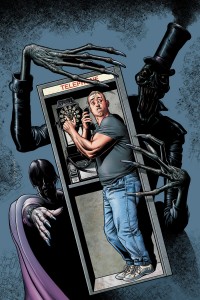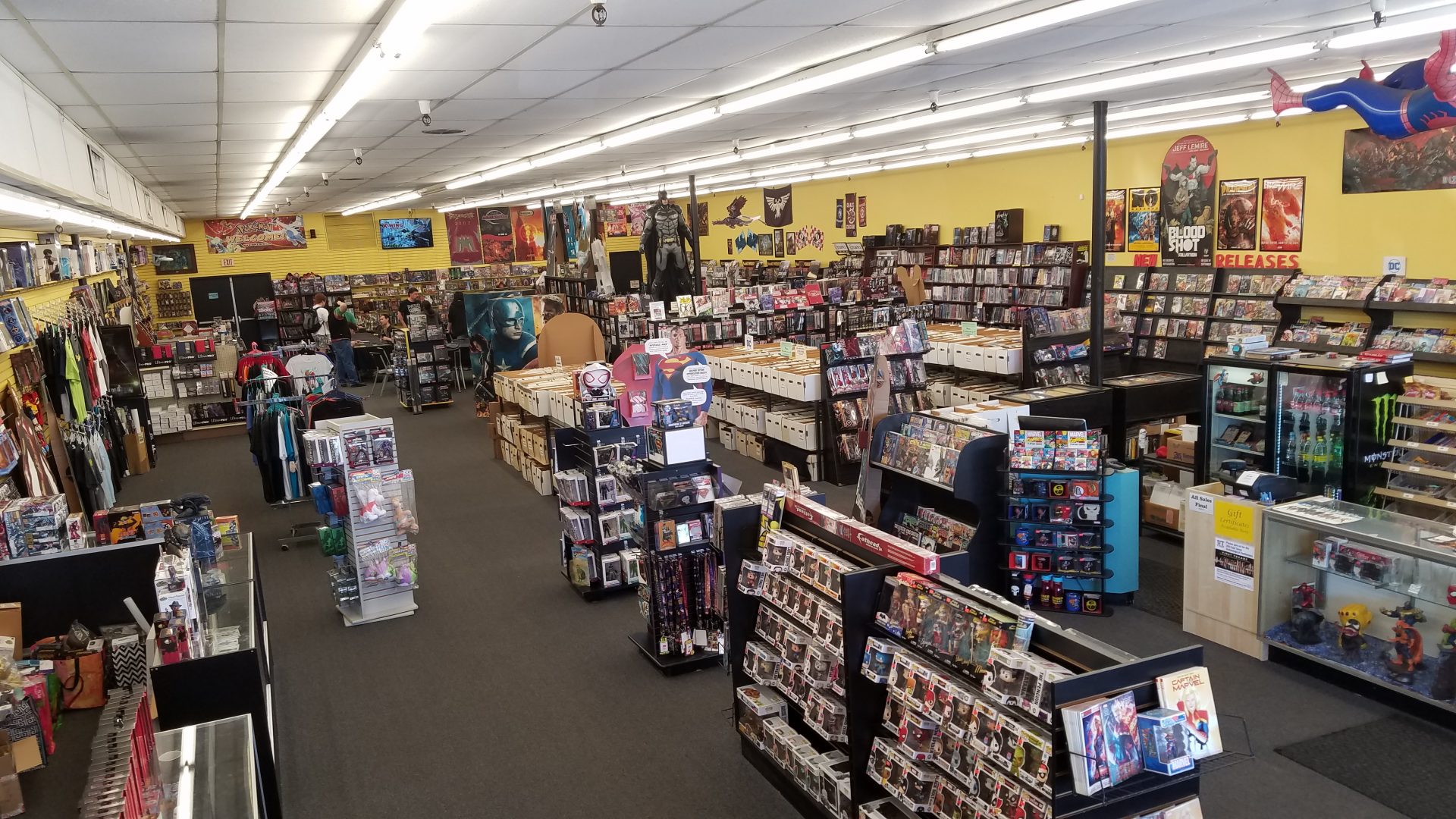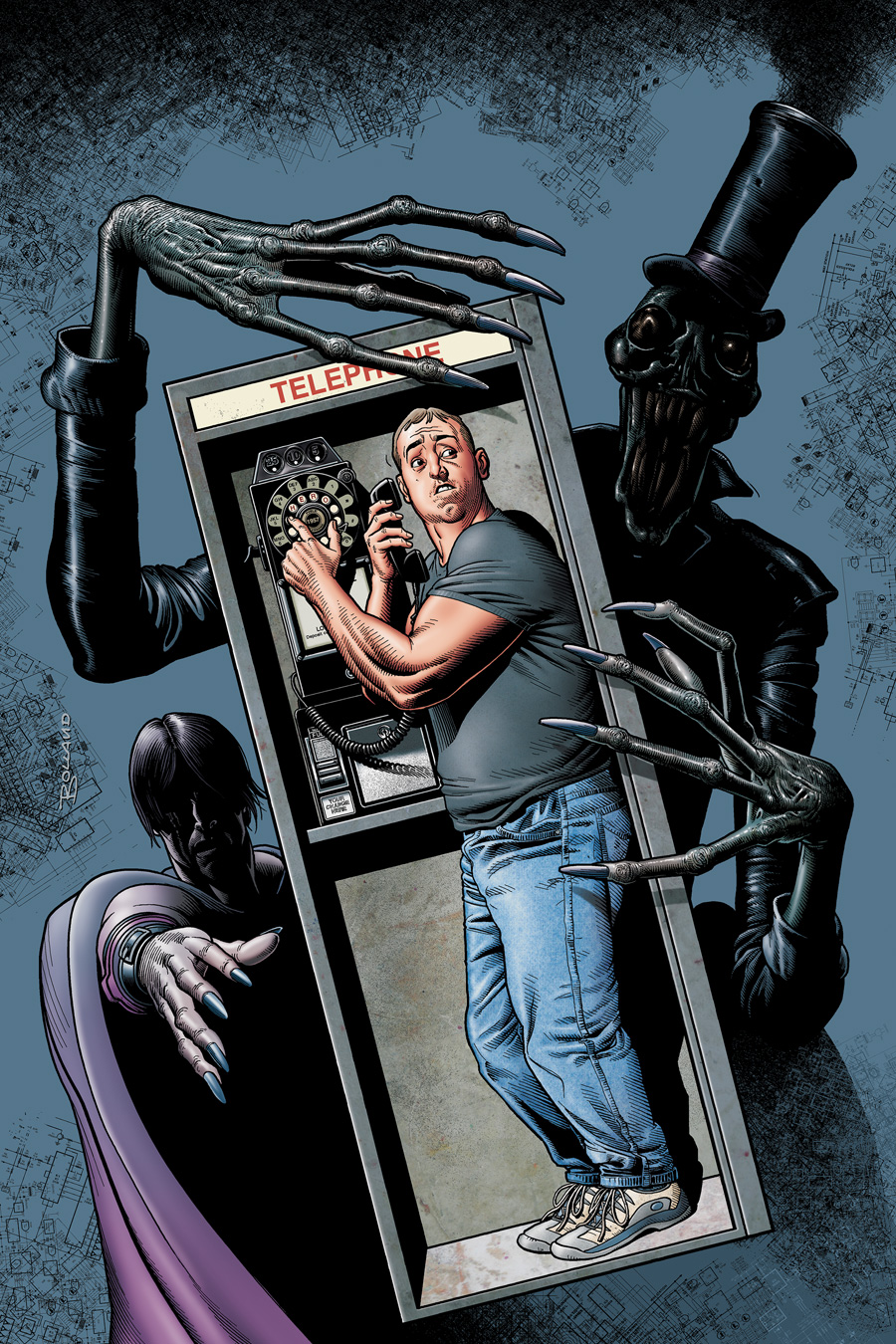 In the mid-60s, somebody had the bright idea of a comic book where the protagonist was a different superhero each month. Add to that formula the idea that it was a young boy transforming into all these colorful characters, and you had a surefire hit amongst the kids of the time, despite being a bit of a groaner now. Then, nine years ago, someone else had the bright idea of asking the question, “what would happen if someone else used the H dial? Somebody completely normal, with everyday, average, modern problems?” The result of that line of thinking was the magnificent and unjustly forgotten H-E-R-O.
In the mid-60s, somebody had the bright idea of a comic book where the protagonist was a different superhero each month. Add to that formula the idea that it was a young boy transforming into all these colorful characters, and you had a surefire hit amongst the kids of the time, despite being a bit of a groaner now. Then, nine years ago, someone else had the bright idea of asking the question, “what would happen if someone else used the H dial? Somebody completely normal, with everyday, average, modern problems?” The result of that line of thinking was the magnificent and unjustly forgotten H-E-R-O.
Now we have Dial H as part of the New 52, which is an expansion on essentially the same idea – the difference being that this time around, it seems as though the series will focus on only one protagonist, rather than the revolving door of people whose lives became ruined by the device in H-E-R-O. Like a lot of first issues in this day and age, the first part of Dial H, by an acclaimed novelist named China Mieville that I am entirely unfamiliar with, is really only designed to hook the readers interest, rather than provide a complete story.
Nelson Jent is a prototypical protagonist for this type of story. He’s lost his job, his wife, and his health, and has given up on life. The only thing he still has is a friend named Darren, who exists primarily to provide the narrative impetus for Nelson to jump inside a phone booth, and frantically dial random numbers, inadvertently dialing H-E-R-O and transforming into the irrepressible king of carbon emissions, Boy Chimney.
A lot of ink has been given over to the appearance of Boy Chimney, stating it as the book’s primary redemptive factor. While the character is indeed a welcome relief from a mostly stock story up to that point, he is also a fairly simple clone of John Arcudi’s The Mask, albeit with a bigger hat. What I find much more intriguing is the fact that both he and Captain Lachrymose, the other alter-ego of Nelson in this first issue, are less the colorful, sugar-coated “Super-Heroes” with a capital S and H, and more Vertigo-inspired creations. If the team behind the book can continue to deliver interesting plays on the super-hero ideal each month, the book will continue to be worthwhile simply on that point alone. However, the plot itself needs to take several steps away from conventionality before it can become a selling point.
The art in the book fares similarly. Mateus Santoluoco’s art fits the story being told perfectly, and appropriately brings the Boy Chimney and Captain Lachrymose characters to the page, but never really becomes anything more than a device to manipulate the reader’s perception of the story’s pacing. Art should always remain subservient to story in a comic, but it should always try to avoid being something that isn’t even noticed.
Dial H has serious potential – however, that potential hasn’t been realized yet. With any luck, I’ll be singing an entirely different tune in six months time, but until then, this is one that disappointed my (admittedly high) expectations.
Be sure and check out DC’s official page for the book here: http://www.dccomics.com/comics/dial-h/dial-h-1 and you can purchase the book digitally from Ground Zero Comics here: https://comics.comixology.com/ret/383/Ground_Zero_Comics_DC_Comics_Digital_Store/#/issue/24207/Dial-H-2012-1
As published on examiner.com



